Discover 10 Mediterranean Spice Hacks to Transform Your Cooking
Mediterranean cuisine is renowned for its vibrant, aromatic spices that elevate everyday dishes. From Lebanon's za'atar to Spain's smoked paprika, these traditions offer simple yet powerful ways to enhance your cooking. Here are 10 expert-backed hacks to bring authentic Mediterranean flavors to your kitchen—no passport needed.
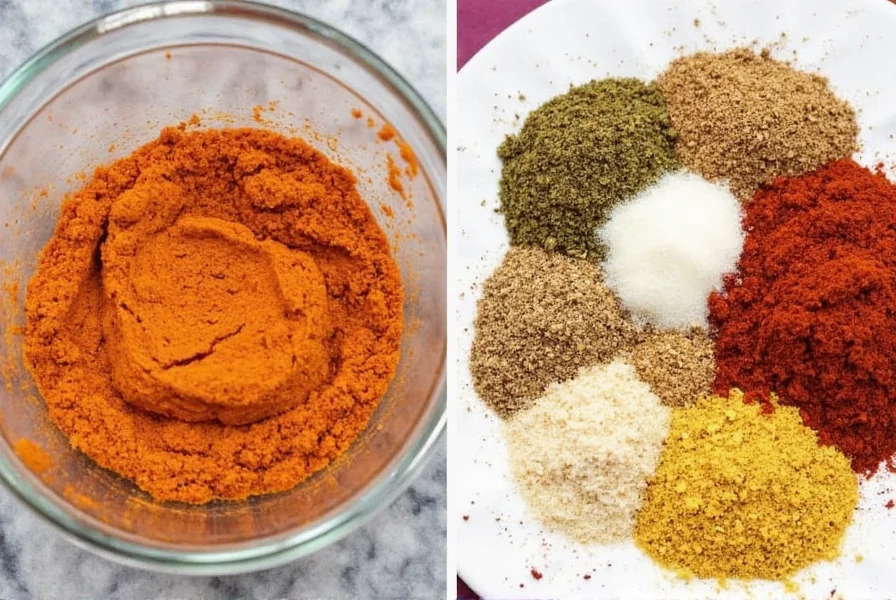
Top 10 Mediterranean-Inspired Spice Hacks
These techniques are rooted in centuries of culinary wisdom, designed to maximize flavor and freshness with minimal effort.
1. Toast Before Use (Especially in Middle Eastern Cooking)
In Lebanon and Syria, lightly toasting spices like cumin, coriander, and sumac releases essential oils for deeper flavor. This simple step transforms bland dishes into aromatic masterpieces.
- Use a dry skillet over medium heat
- Stir constantly to avoid burning
- Cool completely before grinding
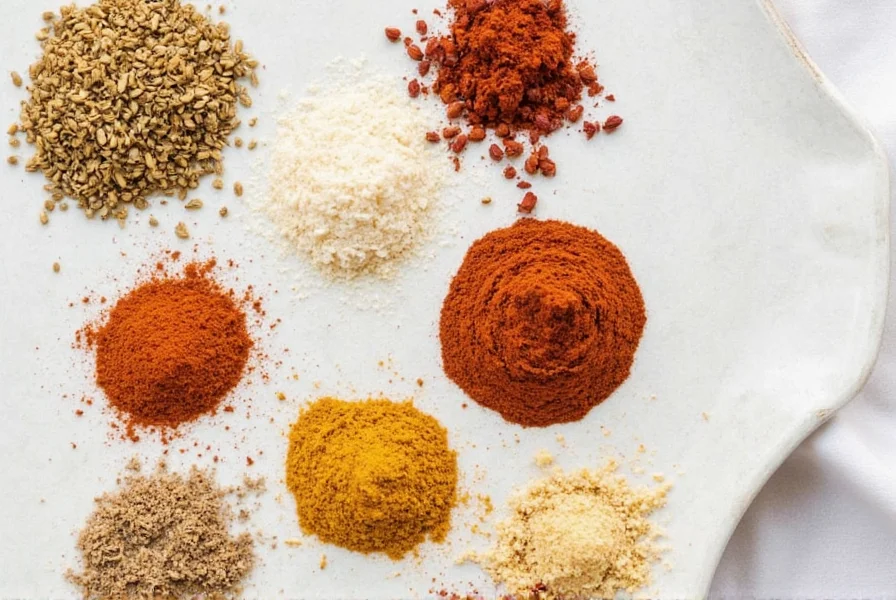
2. Infuse Oils with Herbs (Greek Style)
Greeks often infuse olive oil with oregano, thyme, or rosemary for dipping sauces or drizzling over roasted veggies. This creates a versatile, ready-to-use flavor booster.
- Use fresh or dried herbs
- Heat oil gently (don't boil)
- Strain after 2–3 days
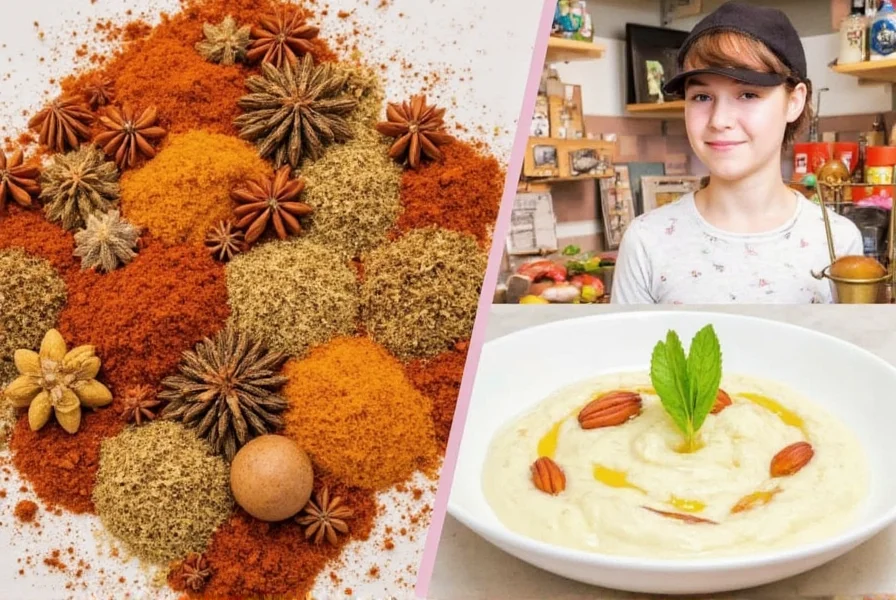
3. Make Your Own Za'atar Blend
Za'atar isn't one spice—it's a blend popular in Jordan, Israel, and Palestine. Mix these simple ingredients for an instant flavor boost:
- Sumac
- Thyme
- Sesame seeds
- Marjoram or oregano
Sprinkle on bread, meats, or vegetables for an authentic touch.
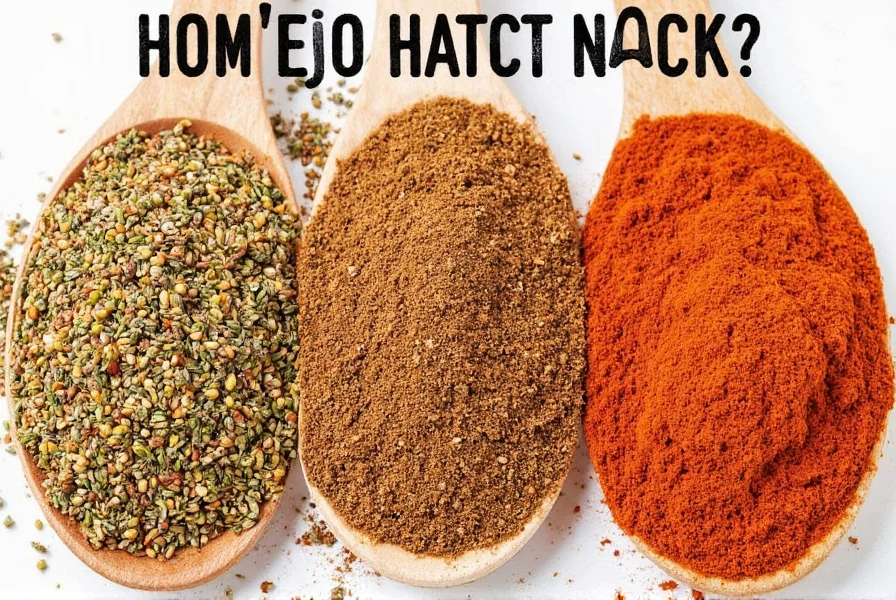
4. Use Lemon Zest + Sumac for Brightness
In coastal regions like Turkey, lemon zest paired with sumac adds a citrusy punch without acidity. Perfect for grilled fish or hummus.
5. Crush Dried Chilies by Hand
In Morocco and Algeria, dried chilies are crushed by hand instead of ground. This gives dishes a rustic texture and better control over heat levels.
6. Store Spices in Clay Jars (Traditional Turkish Method)
Turkish households keep spices in sealed clay jars to preserve freshness and aroma longer than plastic containers.
7. Pair Cumin with Orange Blossom Water
In Tunisia, cumin mixed with orange blossom water creates a complex base for stews or couscous dishes.
8. Use Saffron Soaked in Warm Water
In Spanish paella and Greek rice dishes, saffron threads are soaked in warm water or broth to release color and flavor more effectively.
9. Combine Paprika with Vinegar for Smokiness
Spanish cooks mix smoked paprika with vinegar when making chorizo or tomato sauces to deepen the flavor profile.
10. Freeze Fresh Herbs in Olive Oil Cubes
To preserve summer basil or parsley, Italians freeze chopped herbs in olive oil ice cubes—a quick way to add Mediterranean flair to any dish.
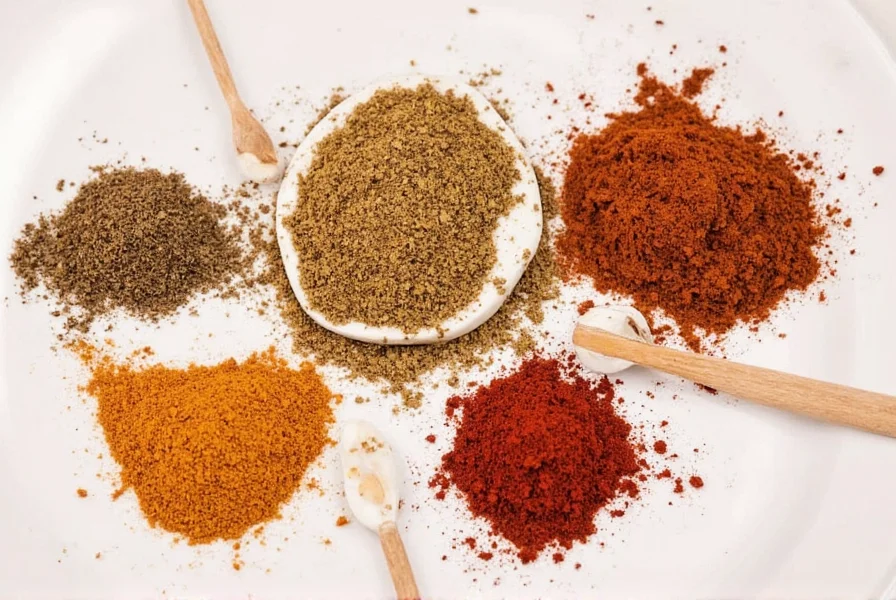
Spice Storage Tips Inspired by Mediterranean Traditions
Proper storage keeps spices fragrant and potent. Adopt these time-tested methods from Mediterranean kitchens:
Keep It Cool & Dark
Store spices away from heat and sunlight, like in a closed pantry or cabinet, as practiced in Italy.
Avoid Moisture
In humid climates like Egypt or Greece, use airtight containers to prevent clumping and mold.
Label Everything
Handwritten labels with dates help track freshness, especially for homemade blends like harissa or dukkah.
Rotate Seasonally
Mediterranean cooks rotate spices with the seasons: cinnamon and nutmeg in winter for soups, mint and dill in summer for salads.
Use Whole Spices Longer
Whole spices like cumin seeds or peppercorns last longer than ground versions. Grind only as needed for maximum flavor.
| Product | Features | Benefits | Best For | Occasions |
|---|---|---|---|---|
| La Flor Smoked Paprika | Natural wood-smoked, Spanish origin | Rich, earthy flavor with mild heat | Paella, chorizo, roasted potatoes | Tapas nights, grilling season |
| Za'atar Blend by Lebanon Spices Co. | Organic sumac, thyme, sesame | Bright, tangy, and aromatic | Flatbreads, dips, grilled chicken | Weekday snacks, mezze platters |
| Diamond Crystal Kosher Salt | Coarse grains, perfect for seasoning | Enhances natural flavors | All-purpose salt for curing, sprinkling | Daily cooking, baking |
| Harry & David Extra Virgin Olive Oil | Flavorful, cold-pressed, Italian-made | Ideal for infusing with herbs | Salad dressings, dipping oils, roasting | Dinner parties, weekend brunches |
| Spice Islands Ground Cumin | Freshly ground, consistent quality | Earthy warmth with a hint of citrus | Moroccan tagines, falafel, lamb chops | International dinners, slow cooker meals |
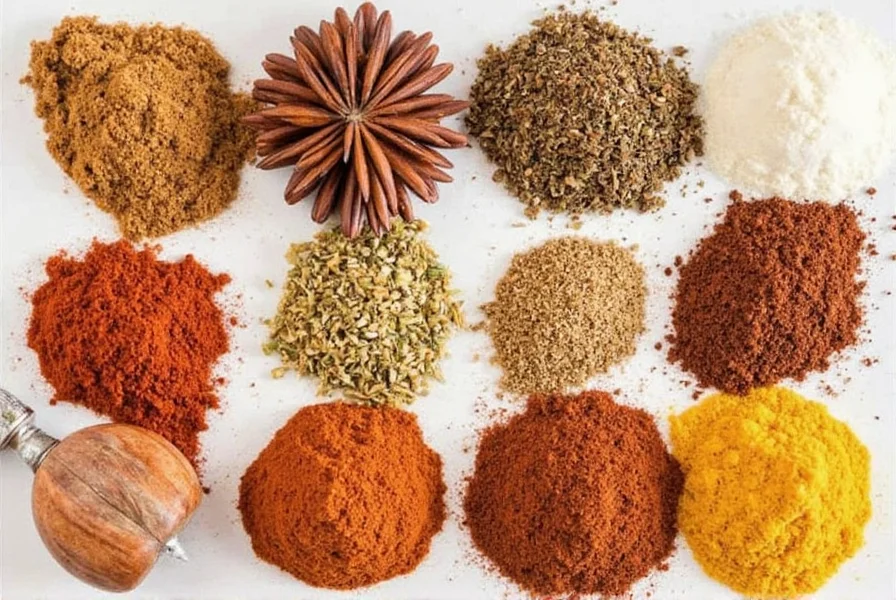
Frequently Asked Questions About Mediterranean Spices
How many countries border the Mediterranean Sea?
There are 21 countries bordering the Mediterranean Sea across Europe, Asia, and Africa. Key nations include Spain, France, Italy, Greece, Turkey, Cyprus, Syria, Lebanon, Israel, Palestine, Egypt, Libya, Tunisia, Algeria, and Morocco. Some counts vary slightly based on territorial classifications.
Which Mediterranean countries have the most distinctive spice traditions?
Lebanon and Israel are known for za'atar blends, Spain for smoked paprika, Morocco for ras el hanout, Greece for oregano-infused oils, and Turkey for clay jar storage. North African countries like Tunisia and Morocco use chilies and harissa for heat, while Eastern Mediterranean regions favor sumac and herbal notes.
What's the difference between Mediterranean spices and others?
Mediterranean spices emphasize herbal notes, citrus elements (like sumac for tartness), and moderate heat rather than intense spiciness. They focus on flavor layering and balance, unlike Asian or Latin American traditions that often prioritize chili heat. Saffron for color and aroma is also a hallmark.
How can I identify authentic Mediterranean spice blends?
Authentic blends use simple, whole ingredients without fillers or anti-caking agents. Look for 3-5 ingredients (e.g., za'atar's sumac, thyme, sesame seeds) and vibrant colors/aromas. For best results, make your own blends by toasting and grinding whole spices using traditional regional proportions.
Which Mediterranean country has the spiciest cuisine?
North African countries like Tunisia are known for spiciest cuisine, with harissa (chili paste) featured prominently in dishes. Morocco and Algeria also use significant chilies, often balanced with sweet elements like dried fruits. Eastern Mediterranean regions like Greece and Turkey focus more on herbal and earthy flavors with less heat.
Conclusion: Spice Up Your Life with Mediterranean Magic
Whether you're a casual cook or a seasoned chef, these Mediterranean spice hacks transform ordinary meals into extraordinary experiences. From toasting techniques to oil infusions, each tradition offers a simple way to unlock authentic flavors.
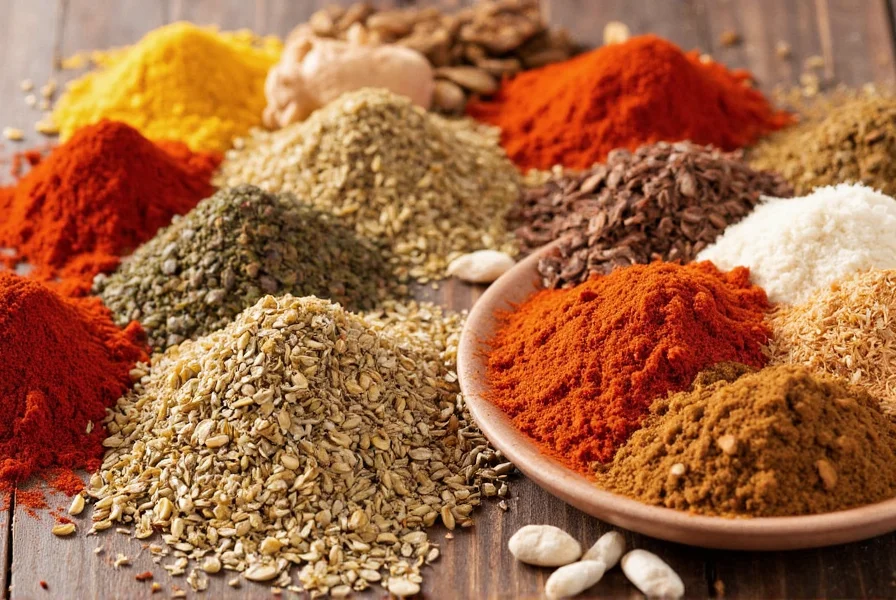
Start today: grind some sumac, infuse some oil, or whip up a batch of za'atar. Your taste buds—and your guests—will thank you.

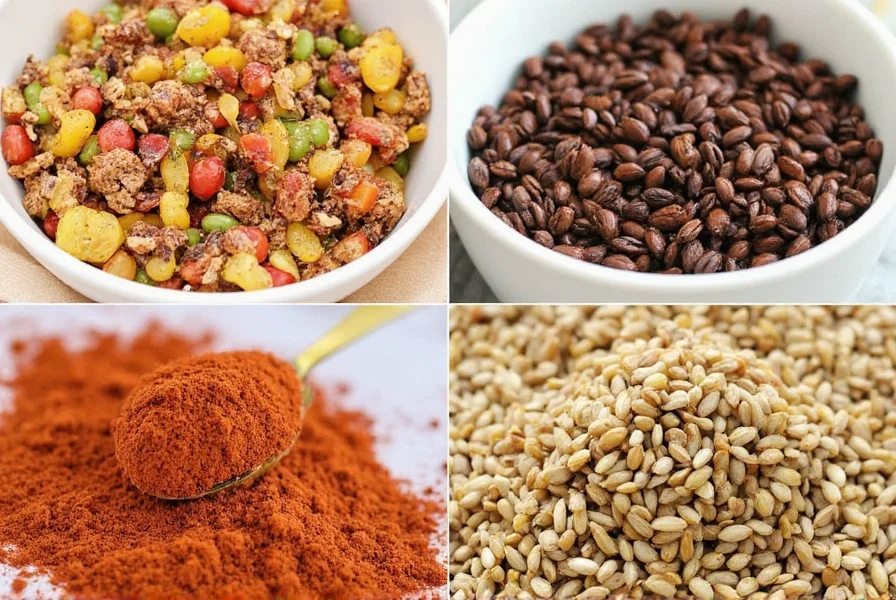









 浙公网安备
33010002000092号
浙公网安备
33010002000092号 浙B2-20120091-4
浙B2-20120091-4